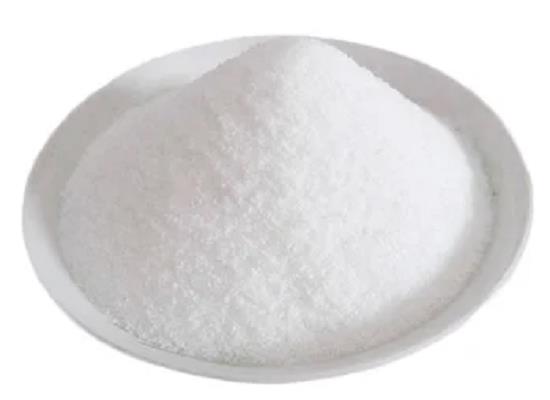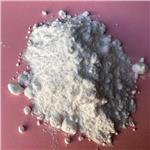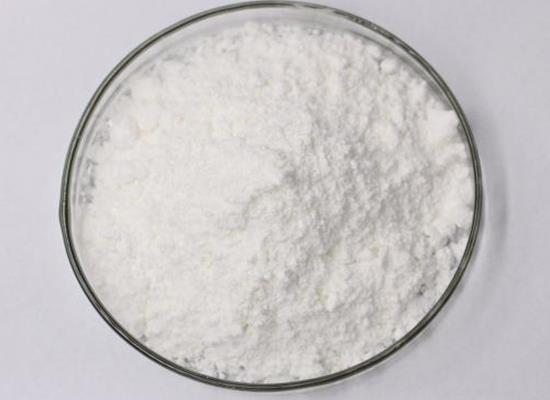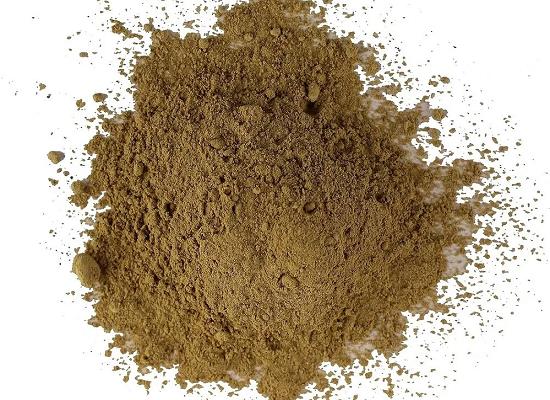Butylchlorodihydroxytin: properties, applications and safety
Dec 1,2023
General Description
Butylchlorodihydroxytin is a versatile organotin compound with several valuable applications in various industries, including as a stabilizer in PVC products, a biocide in marine antifouling paints, and a high-performance coating for industrial and automotive applications. However, it also poses potential safety hazards, including toxicity to aquatic life and endocrine-disrupting properties, which must be carefully considered when handling the substance. Strict adherence to safety guidelines and regulations is crucial to protect both human health and the environment when working with Butylchlorodihydroxytin.

Figure 1. Butylchlorodihydroxytin
Properties
Butylchlorodihydroxytin is a chemical compound with the molecular formula C4H11ClO2Sn. It is a colorless to yellowish liquid, with a density of 1.51 g/cm3 and a boiling point of 240°C. Butylchlorodihydroxytin is widely used as a biocide and fungicide in various industrial and agricultural applications due to its high efficacy against a wide range of microorganisms. Butylchlorodihydroxytin exhibits high stability and resistance to hydrolysis, making it an ideal choice for long-term use in harsh environments. It is also highly soluble in organic solvents, which enhances its effectiveness in various applications. However, Butylchlorodihydroxytin can be toxic to aquatic life and may pose a potential risk to human health if not handled properly. In addition, Butylchlorodihydroxytin has been found to have endocrine-disrupting properties, which can interfere with the hormonal balance of living organisms. Therefore, its use is regulated by various environmental agencies around the world. Overall, Butylchlorodihydroxytin is a powerful biocide and fungicide with excellent stability and solubility properties. Its potential toxicity and endocrine-disrupting properties must be carefully considered when using this chemical in industrial and agricultural applications. 1
Applications
Butylchlorodihydroxytin is a versatile organotin compound that has found widespread applications in various industries. One of the main uses of Butylchlorodihydroxytin is as a stabilizer in PVC products. It is added to polyvinyl chloride (PVC) to prevent it from degrading due to exposure to heat, light, or oxygen. This helps to extend the lifespan of PVC products such as pipes, window frames, and flooring. Another application of Butylchlorodihydroxytin is as a biocide in marine antifouling paints. It is added to these paints to prevent the growth of algae, barnacles, and other organisms on ships and boats. This helps to maintain the efficiency and speed of vessels by reducing drag and fuel consumption. Butylchlorodihydroxytin is also used in the production of high-performance coatings for industrial and automotive applications. It provides superior adhesion and corrosion resistance, and can be used in a variety of formulations including epoxy, urethane, and acrylic coatings. In addition, Butylchlorodihydroxytin has potential applications in the field of medicine as an antitumor agent. It has been shown to exhibit cytotoxic activity against certain cancer cells, and further research is being conducted to explore its therapeutic potential. Overall, Butylchlorodihydroxytin is a valuable chemical that has multiple applications in diverse industries, ranging from construction and transportation to healthcare and beyond. 2
Safety
Butylchlorodihydroxytin is a chemical compound with several potential safety hazards. It is harmful if swallowed, in contact with the skin, or if inhaled, and may cause respiratory irritation upon exposure. Furthermore, it has been found to cause skin and eye irritation, as well as serious damage to the eyes. Additionally, Butylchlorodihydroxytin is classified as very toxic to aquatic life, with long-lasting effects. In practical terms, this means that appropriate precautions must be taken when handling Butylchlorodihydroxytin to minimize the risk of harm. This includes wearing protective clothing, such as gloves and goggles, and ensuring adequate ventilation in areas where the substance is used. Spills should be contained and carefully cleaned up to prevent environmental contamination. Proper disposal methods should be employed to minimize the impact on aquatic ecosystems. It is important to strictly adhere to safety guidelines and regulations when working with Butylchlorodihydroxytin to protect both human health and the environment. 3
Reference
1. PubChem. COMPOUND SUMMARY: Stannane,butylchlorodihydroxy-. National Library of Medicine, PubChem CID: 83368.
2. Stannane, butylchlorodihydroxy-. EPA Chemicals under the TSCA.
3. Butylchlorodihydroxystannane. European Chemicals Agency, EC / List no. 236-406-1.
- Related articles
- Related Qustion
- Butylchlorodihydroxytin - Reaction / Application on synthetic works Nov 8, 2019
Butylchlorodihydroxytin is an important Tin-based catalyst to synthetize polymers and organotin substituted products.
Butylchlorodihydroxytin
13355-96-9You may like
Butylchlorodihydroxytin manufacturers
- Butylchlorodihydroxytin
-

- $18.60 / 1KG
- 2024-10-11
- CAS:13355-96-9
- Min. Order: 1KG
- Purity: 99%
- Supply Ability: 5000kg
- Butylchlorodihydroxytin
-

- $1.00 / 1KG
- 2020-01-13
- CAS:13355-96-9
- Min. Order: 1KG
- Purity: 99%
- Supply Ability: 100KG
- Butyltin CAT (Butylchlorodihydroxytin; Butyltin chloride dihydroxide)
-

- $200.00 / 1mkg
- 2019-05-22
- CAS:13355-96-9
- Min. Order: 10g
- Purity: 99.9%
- Supply Ability: 1000kg






